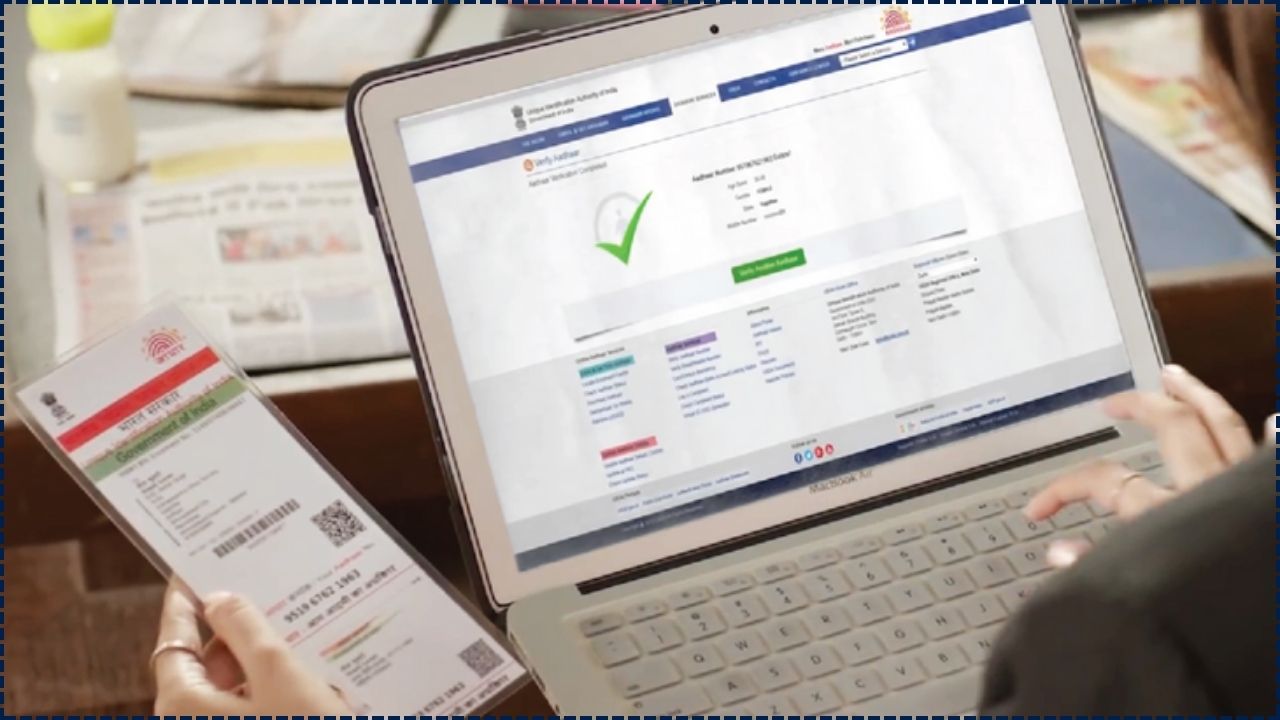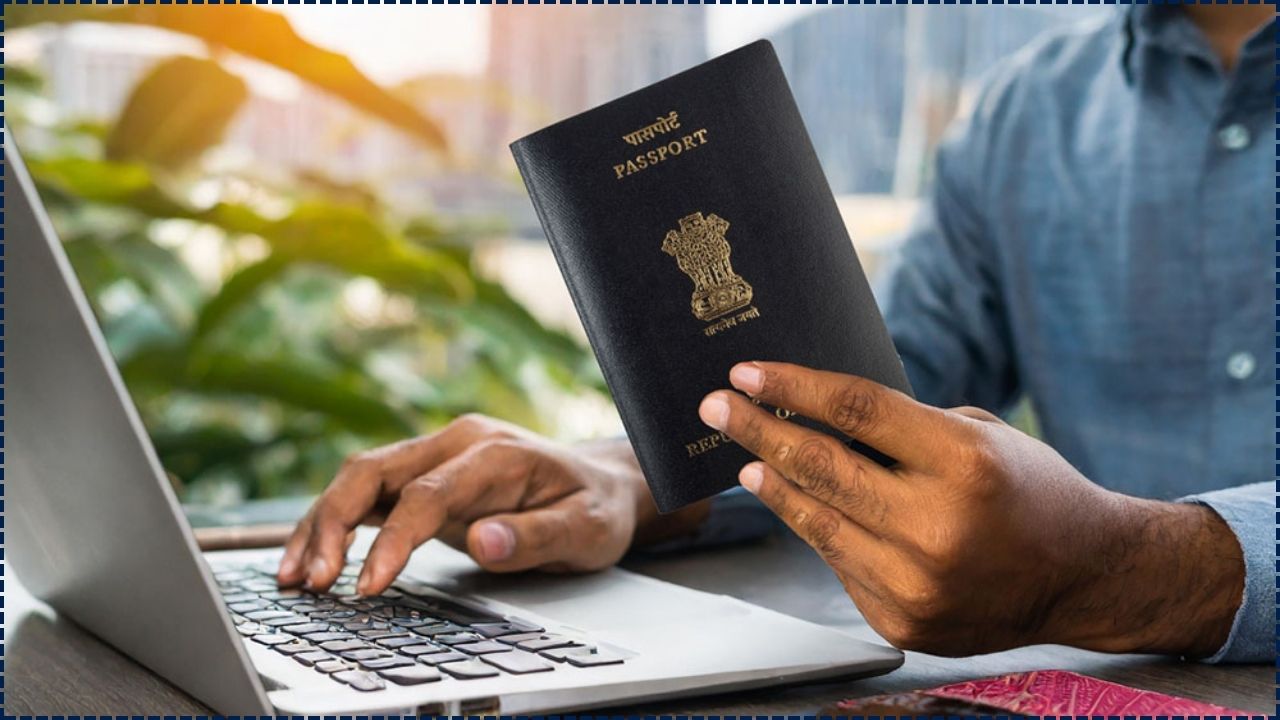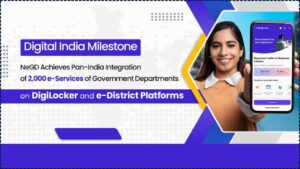India’s online scholarship portals have become a vital lifeline for millions of students, particularly those from marginalized and underserved communities, reflecting a compassionate commitment to democratizing access to education by centralizing applications, ensuring transparent processing, and directly transferring funds to empower dreams with dignity and opportunity. These digital platforms foster inclusion and trust, enabling students who carefully prepare documentation and meet deadlines to access the resources they need to pursue their academic aspirations.

By uniting students, educational institutions, and authorities in this transformative effort, India is building an equitable, supportive ecosystem that nurtures hope, uplifts potential, and ensures every student has the chance to thrive in a brighter, more inclusive future.
Accessing scholarships has become simpler with the growth of scholarship portals online in India, which allow students to apply digitally, upload documents, and track applications. The platforms, led by the National Scholarship Portal, aim to improve transparency, speed, and accessibility in financial aid delivery.
The Role of Scholarship Portals in India
Scholarship portals were created to streamline financial aid disbursement and reduce delays caused by paper-based applications. The National Scholarship Portal (NSP), launched under the Government of India’s Digital India initiative, consolidates multiple central and state schemes on a single platform. According to the Ministry of Electronics and Information Technology, the NSP has benefited millions of students through direct bank transfers, improving accountability in disbursement.
These digital platforms are crucial in a country where students often depend on scholarships for access to higher education. They provide timely information, ensure proper targeting of benefits, and minimise the risk of duplication or fraud.
Major Online Scholarship Portals
National Scholarship Portal (NSP)
The NSP (scholarships.gov.in) is the primary government portal for scholarships, offering access to central and several state-level schemes. It enables one-time registration, digital application submission, and real-time tracking of disbursements.
State Scholarship Portals
Many states operate their own portals to manage local schemes. For example, Odisha’s State Scholarship Portal and West Bengal’s Oasis portal serve regional applicants. Students are often required to check both NSP and their state portals, depending on the scheme.
Private and Institutional Platforms
Private initiatives such as Vidyasaarathi and Buddy4Study aggregate scholarships from government, corporate, and non-profit sources. The Indian Council for Cultural Relations (ICCR) also runs a dedicated portal for international scholarships, including cultural exchange programmes.
How to Access and Apply
Identify the Right Portal
Students must determine whether their scholarship scheme falls under the NSP, a state portal, or a private platform. Central government scholarships are almost always routed through the NSP.
Check Eligibility
Each scholarship has defined eligibility criteria. Common factors include caste or minority category, family income limits, academic performance, and the level of study (pre-matric, post-matric, or higher education).
Register Online
Applicants must create an account using basic details such as Aadhaar, bank account information, and educational institution credentials. This generates login credentials for further application steps.
Fill in the Application
The digital form requires details including personal information, educational qualifications, institution details, and the scholarship scheme selected.
Upload Documents
Students typically upload scanned copies of Aadhaar, income certificates, mark sheets, caste or minority certificates, and bonafide certificates issued by institutions. File size and format guidelines must be followed strictly.
Submit and Track
Upon submission, applications undergo verification by the student’s institution before being forwarded to sanctioning authorities. Portals allow real-time tracking of application status, from verification to sanction and disbursement.
Related Links
How to Verify Property Documents Online Using State Portals
Applying for a Marriage Certificate Online: Step-by-Step Guide
Challenges Students Face
Despite progress, students report issues with incomplete document uploads, mismatched Aadhaar and bank details, and delays caused by late verification from institutions. Experts suggest that students should apply early, verify documents with their institution in advance, and monitor application status regularly.
Cybersecurity concerns are also significant. Officials from the Ministry of Electronics and Information Technology have repeatedly cautioned students to use only official domains ending with .gov.in, as fraudulent portals have been reported.
Why Digital Portals Matter
The introduction of online portals has transformed scholarship disbursement in India. By connecting directly with Aadhaar and bank accounts, the Direct Benefit Transfer (DBT) system ensures that financial assistance reaches students without intermediaries. This has increased trust in the system and widened access to education for disadvantaged groups.
















